The resistance isn’t just alive — it’s moving, adapting, and proving its strength across the country. From Chicago’s salt trucks blocking federal enforcement to massive rallies in Washington, D.C., to protest signs in Detroit and student walkouts in Rockford, communities are standing shoulder to shoulder, sending one unified message: they will not be silenced or intimidated.
This isn’t merely pushback. It’s power in motion.
Chicago: Salt Trucks vs. ICE
When the forecast calls for ICE, Chicago shows the nation how to melt it.
On Friday night, as Immigration and Customs Enforcement (ICE) attempted to move freely through the city, Mayor Brandon Johnson took a bold step. Instead of issuing a symbolic statement, he put action behind his words. Every available city salt truck was deployed across major highways — I-294, the Edens, and I-94.
By dawn, the trucks were moving in unison, shoulder to shoulder, deliberately slowing traffic and jamming up ICE’s operations. The message was unmistakable: Chicago’s communities will defend their residents, and ICE’s presence is not welcome here.
The sight of city vehicles deliberately blocking federal agents sent ripples nationwide, reminding many that resistance can be both creative and effective. To residents, it was not just a disruption of ICE’s movement, but a clear demonstration that their local government stood with them.
Washington, D.C.: Tens of Thousands Rally
While Chicago’s resistance rolled on wheels, Washington, D.C. erupted with voices. On Saturday, more than 10,000 people gathered in an impromptu rally demanding an end to what many called an “illegal military occupation” of the nation’s capital.
The Trump administration’s deployment of the National Guard has been criticized as a show of intimidation rather than a measure of safety. Protesters argued that the Guard’s most visible roles — picking up garbage and serving as a backdrop for social media videos — underscored the futility of the move.
“Armed military patrolling our capital is not security; it’s intimidation,” one speaker told the crowd. The rally was proof that Washingtonians, joined by allies from across the country, refuse to normalize military presence in their neighborhoods.
Detroit: Defiance at Dally in the Alley
Resistance also pulsed through Detroit during its annual Dally in the Alley festival, one of the city’s most iconic cultural gatherings. Amid the music and community celebration, protest signs opposing ICE and Trump’s federal policies dotted the streets.
Behind the festivities, there was tension. Reports circulated that Senate candidate Mike Rogers had encouraged Mayor Mike Duggan to request federal troops. On the ground, however, Detroiters sent a firm rebuttal: occupation is not welcome in their city.
The mix of celebration and protest illustrated how communities can reclaim joy even while resisting oppression. The festival became both a cultural event and a stage for political defiance.
Ann Arbor: A Banner for Trans Rights
In Ann Arbor, Michigan, resistance took the form of a dramatic banner drop. Members of the Ann Arbor Direct Action Defense (A2D2), along with allies, unfurled a massive sign from a city bridge aimed squarely at the University of Michigan.
The action came in response to U-M Health’s announcement that it would stop offering gender-affirming hormone therapies and puberty blockers to patients under 19. The university claimed it faced “unprecedented legal and regulatory threats” from the Trump administration, including a Department of Justice subpoena in July 2025 targeting providers of gender-affirming care.
To activists, that explanation wasn’t good enough. Attorney General Dana Nessel condemned the university’s decision as “shameful, dangerous, and potentially illegal,” launching an investigation into whether the move violated Michigan’s anti-discrimination laws.
The banner drop carried a powerful message: students, parents, and communities in Ann Arbor would not accept the rollback of essential healthcare rights for trans youth.
Rockford: Students Demand Action
Perhaps the most inspiring sign of resistance came from young voices in Rockford, Michigan. On Friday, hundreds of Rockford High School students walked out of class and filled their football stadium in a coordinated demonstration with Students Demand Action.
Their focus was gun violence awareness, galvanized by a recent Catholic school shooting in Minneapolis. For student leader Brayden Burgess, the choice to act was urgent.
“We’re tired of it. We want action,” Burgess said. “We don’t want to wait for when it happens to us. We want to get ahead of that, make sure that there’s laws in place… to help keep students feel safe and protected every single day.”
The district supported the walkout, a notable stance that allowed students to exercise their right to protest while highlighting the seriousness of their demands.
Rockford’s demonstration connected with a larger wave of student-led action nationwide. But in West Michigan, the message rang especially clear: the next generation refuses to sit idle as violence continues to threaten their communities.
A Nationwide Tapestry of Resistance
The last 24 hours alone have demonstrated the diverse ways Americans are resisting intimidation and injustice.
-
In Chicago, city salt trucks turned into a blockade, protecting neighborhoods from ICE.
-
In Washington, D.C., tens of thousands rallied against military occupation.
-
In Detroit, protest signs transformed a cultural festival into a stage for defiance.
-
In Ann Arbor, a banner drop challenged attacks on trans healthcare.
-
In Rockford, students walked out to demand stronger gun laws.
Each act may look different — a truck, a rally, a sign, a banner, a walkout — but together they form a powerful narrative of resistance.
The Road Ahead
The resistance is not fading into silence; it is gaining momentum. Every rally, every act of defiance, every public stand reminds us that community power is real and growing.
This moment is not about isolated protests but about a collective movement. Whether it’s seasoned activists or high school students, everyday citizens are proving that democracy is not just a system of governance but a practice of courage, solidarity, and persistence.
As one activist in D.C. put it: “This isn’t what intimidation looks like winning. This is what democracy looks like fighting back.”
The resistance is alive and well. And if the past days are any indication, it’s only just getting started.

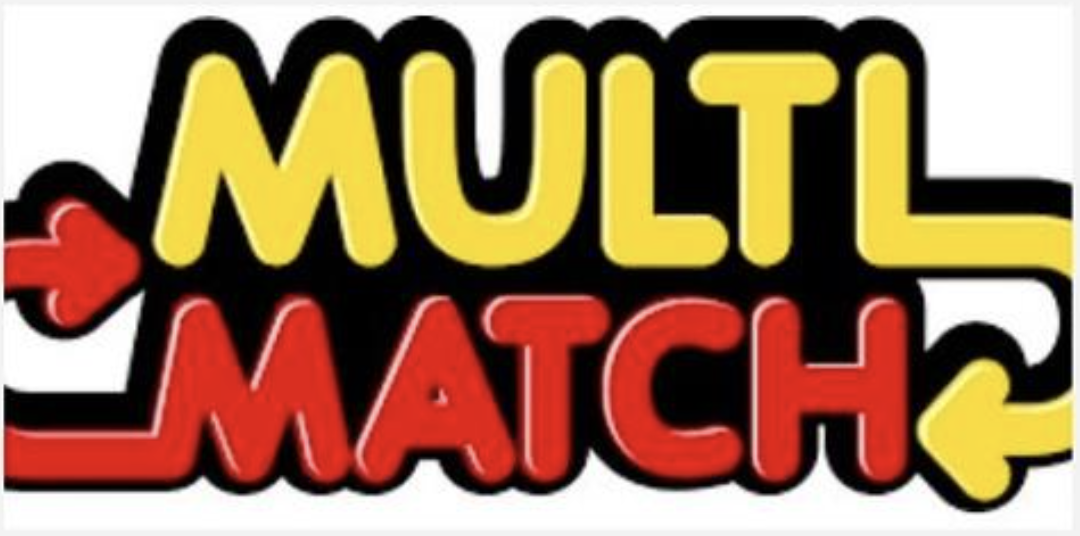
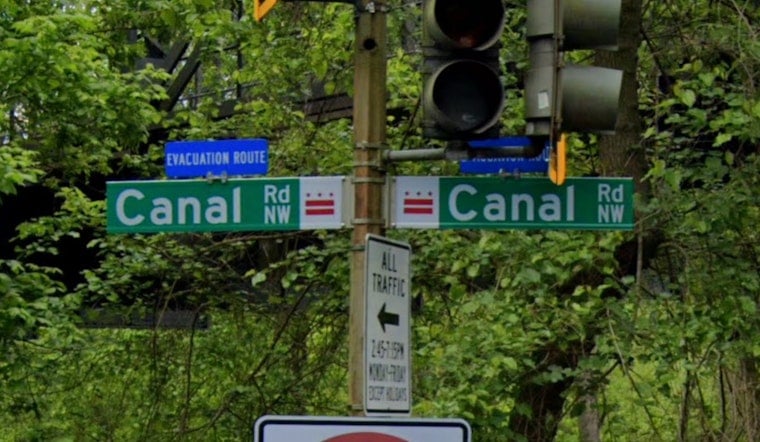

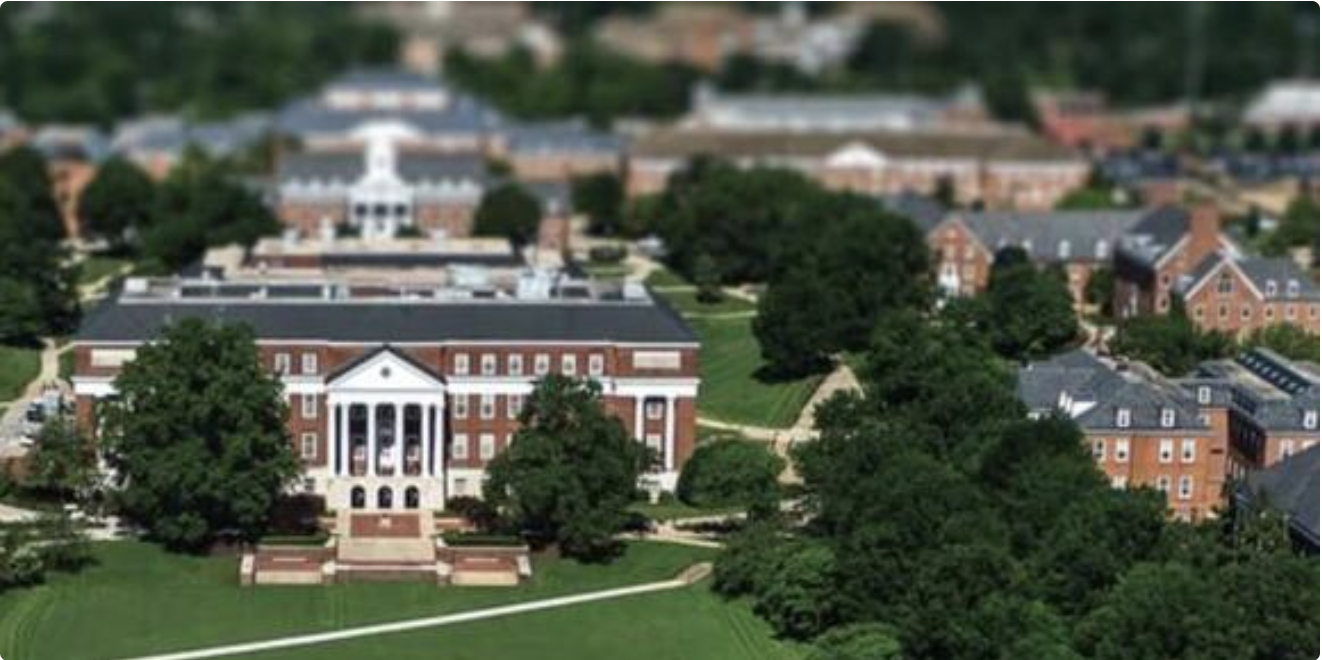
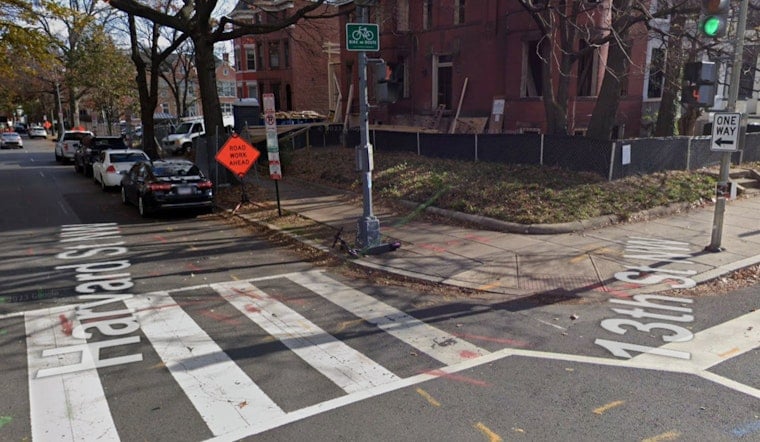

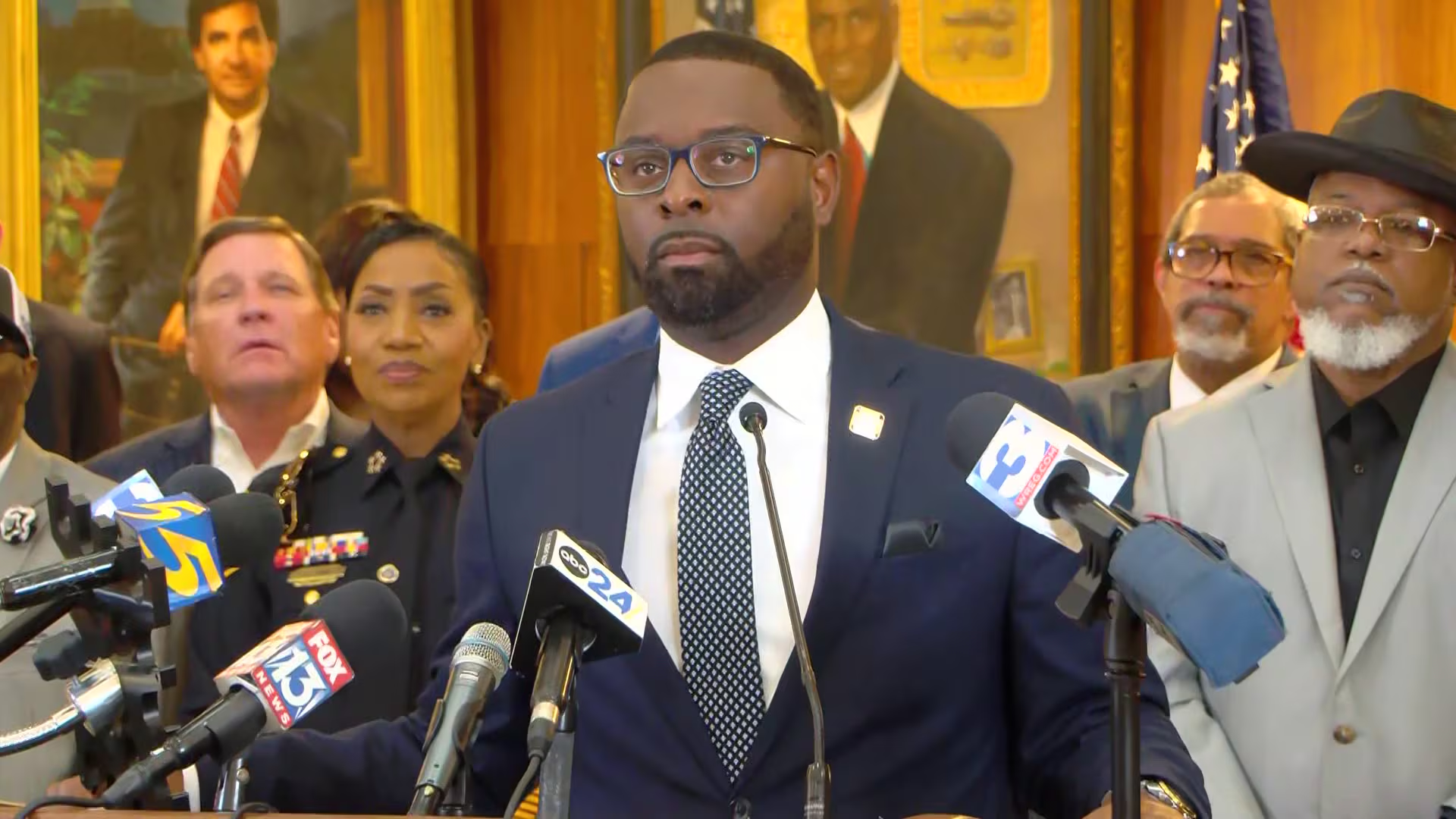
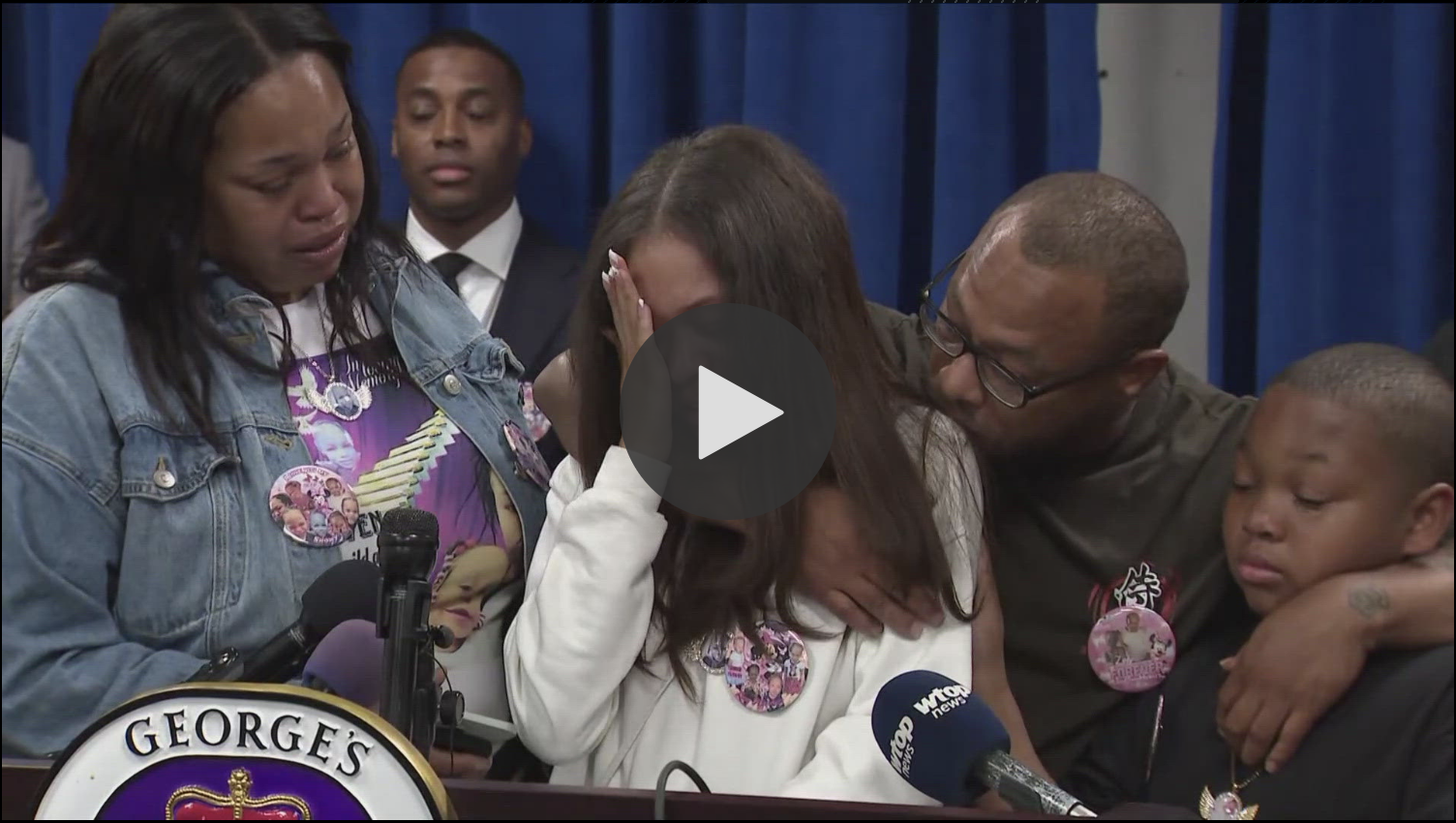

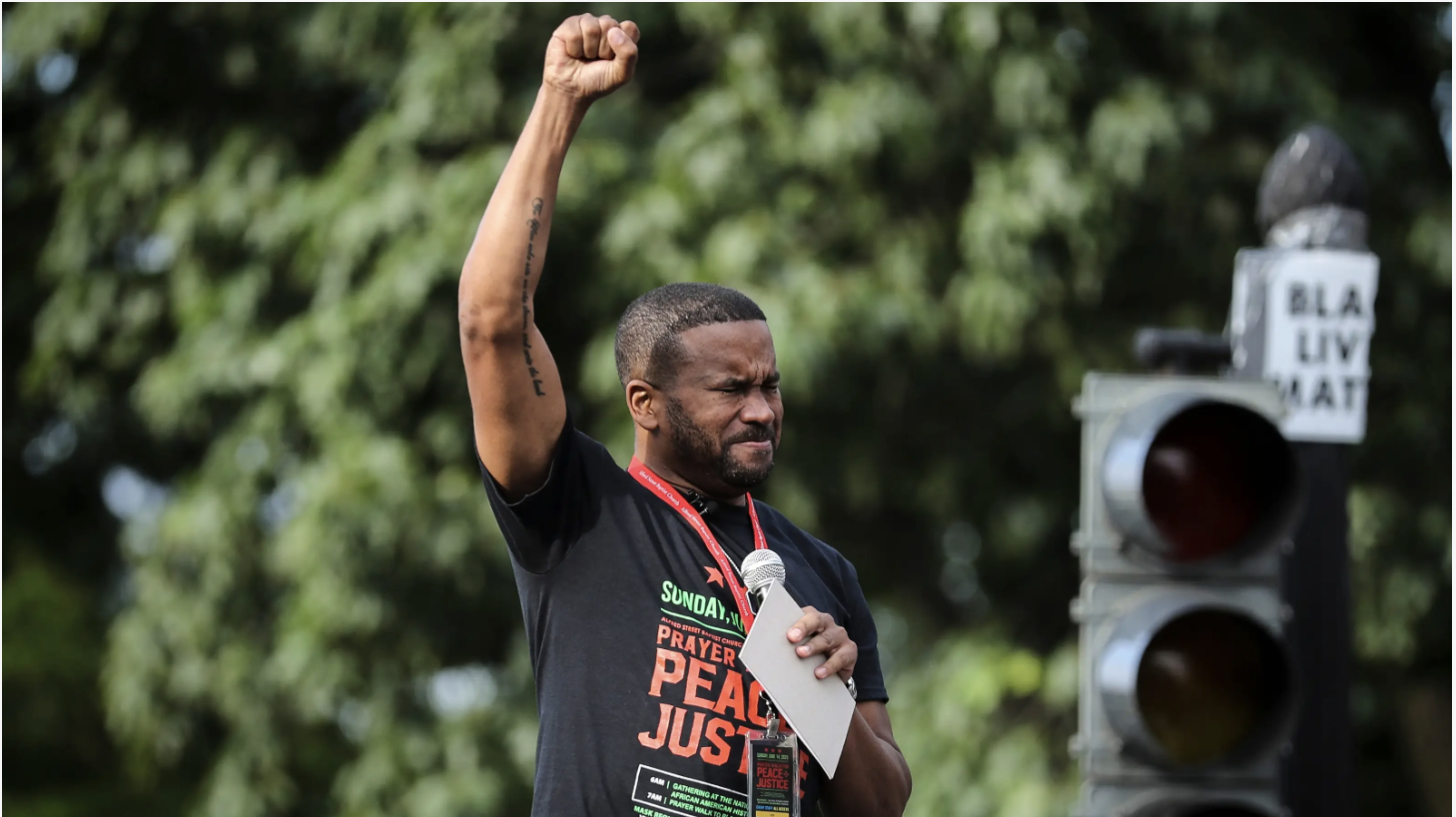
Leave a Reply